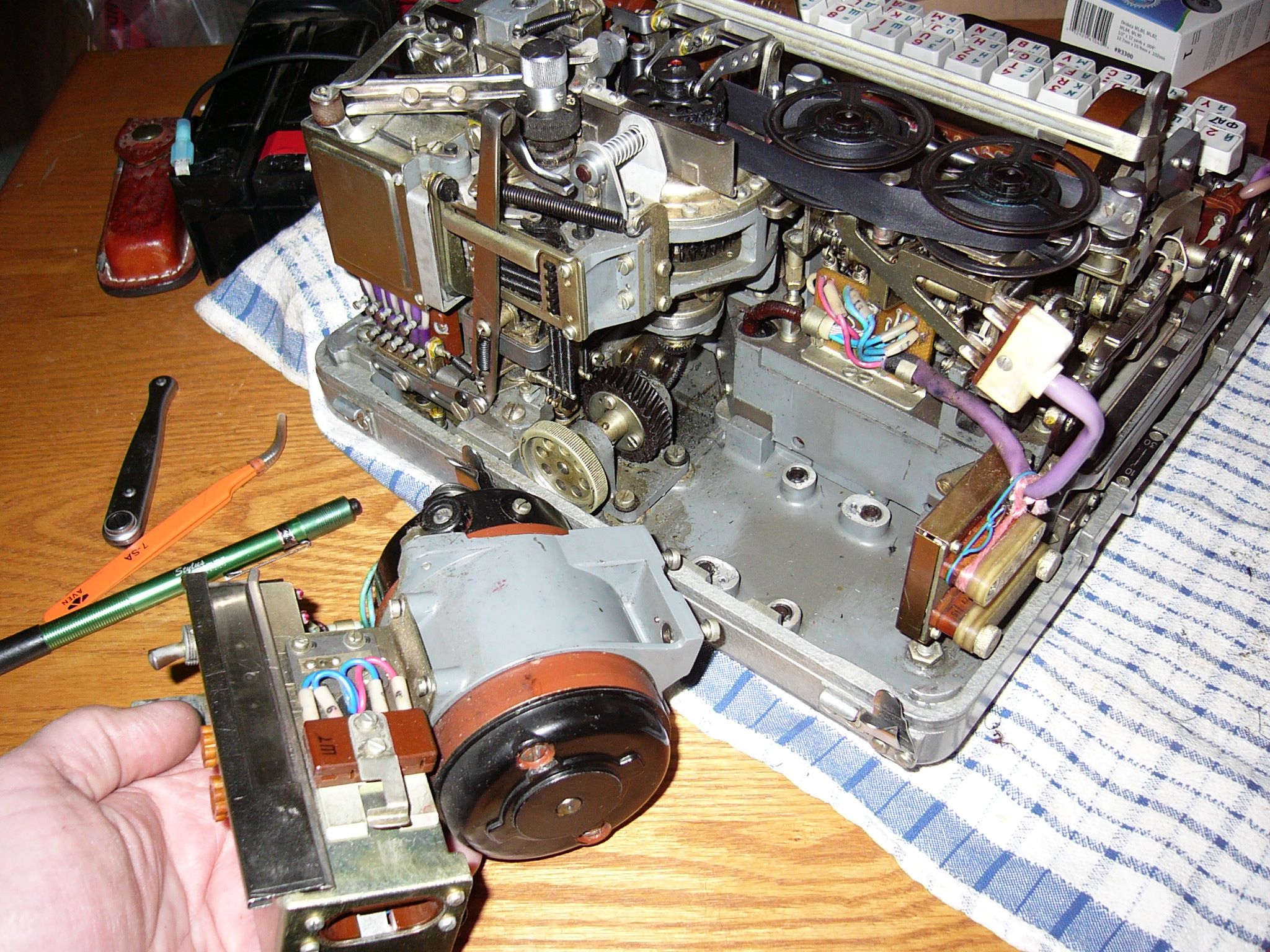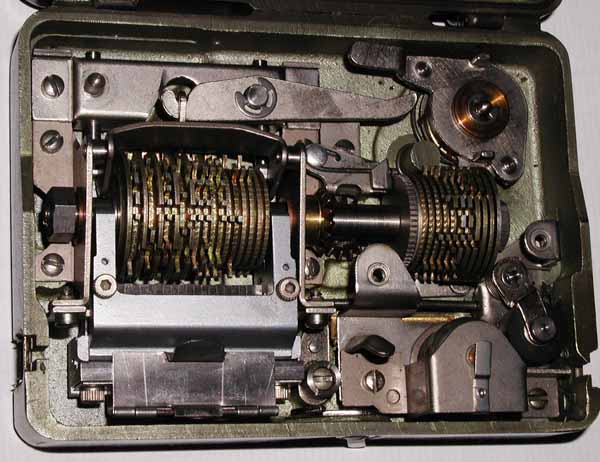

According to the website you quoted, the FIALKA remained in service in some areas until the 1990s. The M-125-3 version of the Fialka is quite sophisticated: it had a card reader that took the place of the Enigma's plug board, with the current passing the card reader twice, but it provided a stronger permutation. In the German Fialka literature, this circuit isĬalled Dreipunkschaltung (three-point circuit), but we have dubbed it The remaining three wires are combined intoĪ binary rotator. These cipher machines are based on the German Enigma principle and can operate either with eight or with ten rotors. One of these wires is used as the 'letter-can-be-itself' signal and is A rotor machine, the device uses 10 rotors, each with 30 contacts along with. Israel captured a machine during the 6 Day War in 1967, and the NSA built a computer to decrypt Fialka traffic fairly easily (Courtois, 2012). This is done by taking 4 wires out of the reflector (i.e. In cryptography, Fialka is the name of a Cold War-era Soviet cipher machine. The increasing complexity of electromechanical ciphers using rotor technology had its limitations.


The reflector, to ensure that a letter can be encoded into itself. In the Fialka, this is solved by adding a clever electronic circuit to This was considered a serious weakness of the Enigma cipher machine. A majorĭrawback however, is that a letter can never be encoded into itself. The same settings can be used for encoding and decoding. The use of a reflector makes the machine symmetrical, which means that The Fialka (ФИАЛКА M-125) does have a reflector, but it operates via a "magic circuit" that allows a letter to be encoded to itself, unlike the Enigma.


 0 kommentar(er)
0 kommentar(er)
